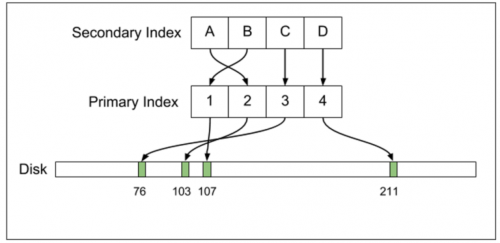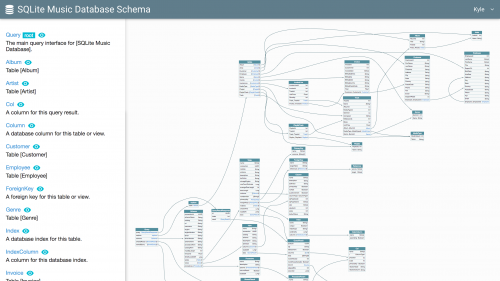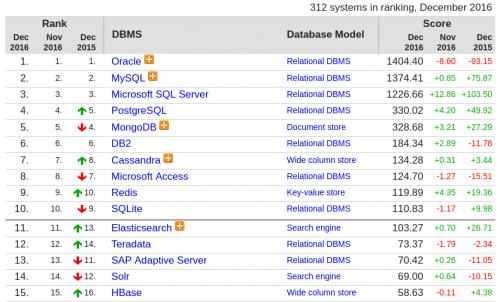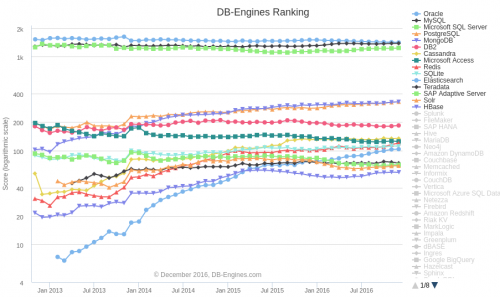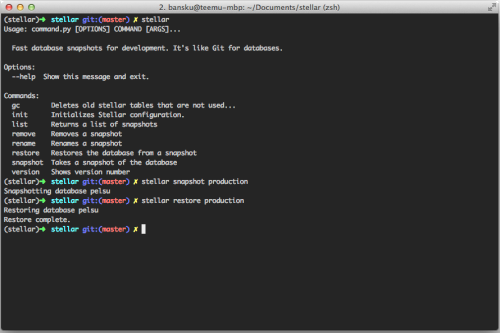“Why Uber Engineering Switched from Postgres to MySQL” is an interesting study with plenty of technical detail of how MySQL was a better choice than PostgreSQL for the very demanding growth of Uber. These kinds of issues are probably way out of scope for any “regular Joe” application, but the insight into the differences of MySQL and PostgreSQL architectures is still useful.
Main PostgreSQL limitations covered by the study are:
- Inefficient architecture for writes
- Inefficient data replication
- Issues with table corruption
- Poor replica MVCC support
- Difficulty upgrading to newer releases
